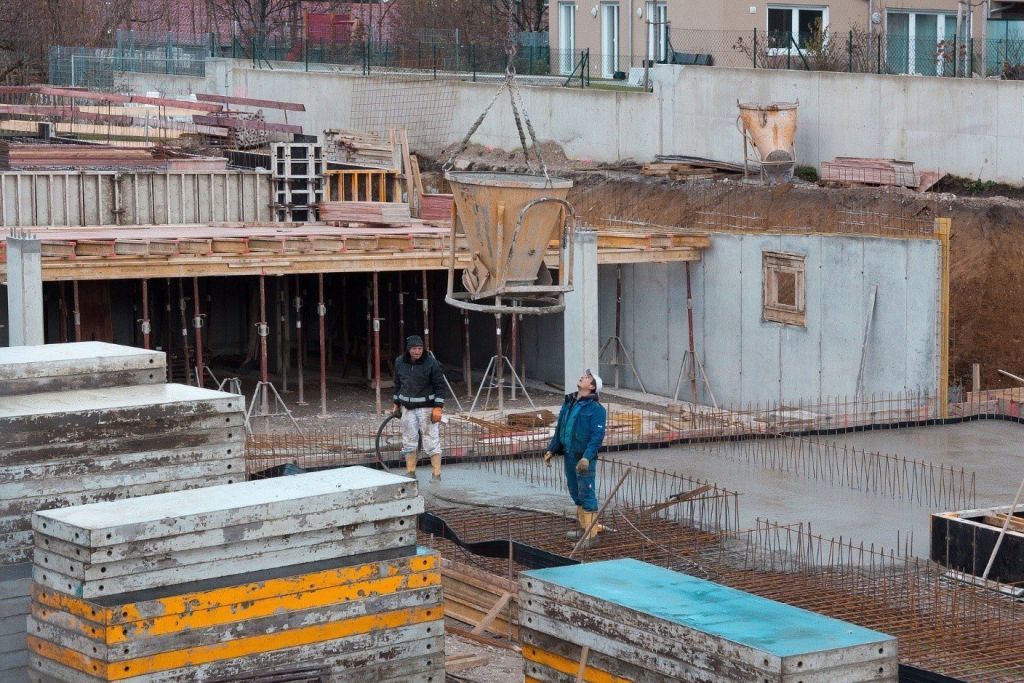Your concrete is only as good as the curing process that it went through. When concrete is effectively cured, it has increased durability and strength, more volume stability, and a greater resistance to extreme temperatures. But effective curing requires time and the right conditions. Some concrete can take up to two weeks to fully cure. So, what happens if you can’t risk setting your concrete out for two weeks because weather conditions won’t permit it?
Traditionally, many northern parts of the United States have ceased building projects during the winter months because of adverse weather conditions. The potential for snow, frost, and freezing temperatures make effectively curing concrete a real challenge.
But this tradition has begun to change in recent years. One of the reasons for this is the advent of technologies that allow builders to cure concrete much more quickly than they could in the past. One of the ways that modern construction agencies are solving the problem of curing concrete quickly so that it can reach its needed freezing resistance is with electrical curing.
How Electrical Curing Got Started…
Electrical curing concrete was developed in Sweden nearly a century ago. It didn’t take long, after leaving Sweden for it to be applied to building construction in Moscow. Then, it was used in the northern part of Japan at a U.S. Army camp.
As research was done on electrical curing, builders discovered that concrete could be strengthened by heating it up as it was being cured. In addition, electrical curing isn’t just helpful during the cold in winter months. It also allows construction to move more quickly during the rest of the year.
So, how does it work?
How does Electrical Curing Work?
There are three primary ways that concrete is electrically cured. When the first method is used, electrical currents pass through freshly poured concrete between external electrodes. It’s important that the current is alternating because direct current can cause hydrolysis of cement paste, weakening it.
The second method of electrical curing passes a large, low-voltage current through the steel reinforcement inside the concrete. This ensures stable and consistent heating, curing the concrete quickly and effectively.
The third method used to cure concrete with electricity involves using large, electric blankets or pads on top of the concrete so that heat can be distributed uniformly from above.
How Effective is Electrical Curing?
Study after study have shown that electrical curing is incredibly effective at setting concrete quickly. When done correctly, this method of preparing concrete for use is just as good, if not better, than traditional methods.
If you work in an area that has frequent cold spells, or if you just want to get the job done more quickly, electrical curing could be a good option for you. However, it is worth noting that this method will cost much more than simply pouring concrete and letting it set. For example, the electric blankets needed to use that method can run over $1000 for a single, 10’ x 10’ blanket.
So, if you’re only looking to get a single slab of concrete poured, you may want to just wait for warmer weather.

